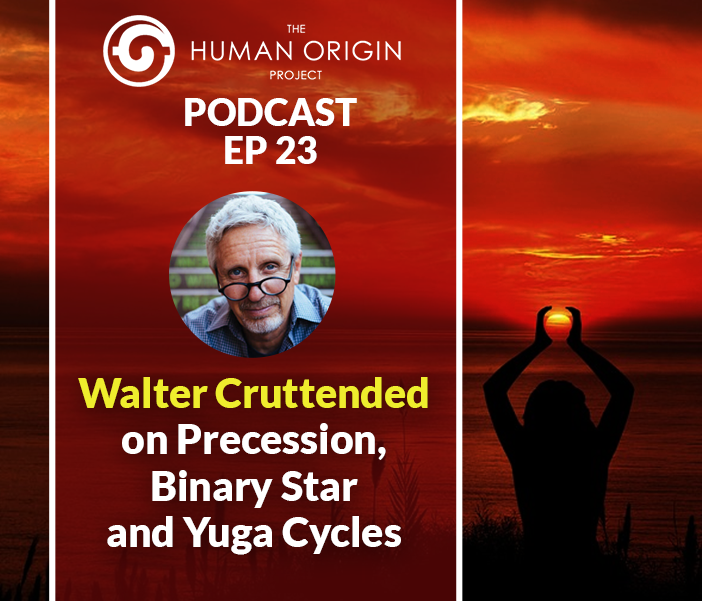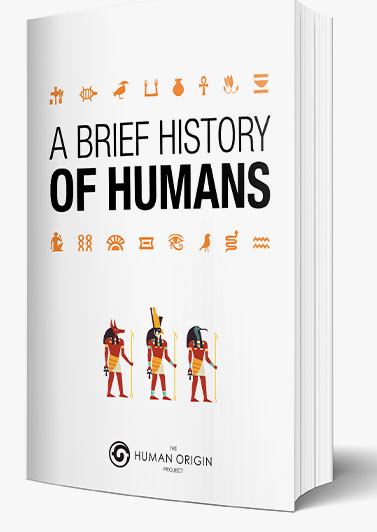For humans, the seasons and earth’s rotation around the sun is the basis of why we are alive. All systems on earth depend on the four seasons of our planet.
In modern life, it’s easy to forget the yearly calendar relates to the movement the planet through the solar system.
With the seasonal change, there are significant astronomical markers of earth’s position with the sun. The equinox and solstices mark four key times in the yearly calendar that you may not be aware of.
Let’s explore the solstice vs equinox days in the calendar.
The solstice and equinoxes define seasons
The solstice and equinoxes are times that the season changes. They happen because of the tilt of the earth towards or away from the sun.
Before we understand them, we need to think of how the seasons happen.
The two sides of the planet are divided into the Northern and Southern Hemisphere. They are divided by the equator. It’s the middle line which marks the largest distance around the earth.
If you are in one hemisphere, you are in one season. If you are in the other hemisphere, you are in the opposite season.
How do the four seasons occur?
The four seasons happen by a tilt in the earth’s poles towards or away from the sun. As the earth revolves around the sun, it is tilted, so the north or south pole tip towards the sun. It takes 12 months for the earth to pass through a full cycle of tipping from north to south pole towards the sun.
As the north or south poles tilt towards the sun, it puts that hemisphere in summer. The days are longer days and shorter nights for three months of the year. Then autumn is when the axis begins to tilt away from the sun.
Winter then happens as the pole is pointed away from the sun. Spring is when the pole begins to point toward the sun again.
How does the length of day change with season?
During the change of four seasons length of days change. Summer has the longest days and winter has the shortest days.
During the summer season, the days get longer and nights get shorter. Then the days get shorter and nights longer as it transitions into winter. It happens as the hemisphere is exposed to less amount of sunlight due to the tilt of the earth’s poles.
Let’s look at an example.
How does the Northern Hemisphere summer transfer to summer in the southern hemisphere?
During the northern summer season, the tilt of the earth is pointed towards the sun. After it tilts directly towards, it slowly tilts away. Eventually, the middle of the earth, or the equator points at the sun. That’s when the northern hemisphere begins its transition into winter.
From now, the southern hemisphere begins to tilt towards the sun. The northern hemisphere into winter.
It’s this moment that the equinox occurs, the period where both the northern and southern hemisphere experience an equal amount of sunlight, and hence day length.

The tilt of the earth’s axis determines the seasons. It is defined by the two equinoxes and two solstices.
What is an equinox?
The equinox is the time in the year where the day and night are equal. Both the northern and southern hemisphere have the same length of day.
They occur twice a year when the sun is directly above the equator (which is the middle line or widest part of planet earth).
The entire planet experiences days that are the same length of time.
The exact line that determines day-night is called the terminator line. As it moves through the seasons the hemispheres will have shorter or longer periods of time.
The equinox is when the day-night line (dividing line between daytime and nighttime) passes precisely through the north and south pole on the planet.
It marks the time the northern hemisphere moves into winter. And then again as the southern hemisphere begins its winter.
That’s two times (biannual) a year on two days that earth’s tilt moves once from northern to southern summer, then back again.
The Equinox defines the transition of the seasons.
When is the equinox?
There are two equinox days.
First Equinox date: Around the 20 March
Second Equinox date: 22-23 September
In the calendar, the equinoxes occur roughly around 20 March and 22-23 September.
The two equinoxes are called the spring equinox and the autumn equinoxes.
What is the spring equinox?
The spring equinox (vernal equinox) is the time of moving from winter to summer.
When is the spring equinox?
In the northern hemisphere, the spring equinox cues the beginning of spring around 20 March.
What is the autumn equinox?
The autumn equinox is the day the season moves from summer to winter.
When is the autumn equinox?
In the Northern Hemisphere the autumn equinox is the beginning of fall around the 22-23 September.
What is the solstice?
As the summer seasons progress, the days get longer then shorter. In winter the days get shorter, then longer.
After the equinox, which is the shift of the season, the pole tilts further towards or away from the sun. The day the pole tilts most directly toward, or away from the sun is called the solstice.
There are two times in the year, the summer solstice and the winter solstice. When the sun reaches its highest or lowest point in the sky at noon
The solstices are also the shortest or longest day of the year.
What is the summer solstice?
The longest day of the year is called the summer solstice.
The summer solstice has the most hours of sunlight and is the brightest day of the year.
When is the summer solstice?
In the Northern Hemisphere, the summer solstice happens in June.
In the Southern Hemisphere, the summer solstice happens in December.
What is the winter solstice?
The shortest day of the year is called the winter solstice.
The winter solstice is when the pole tilts the furthest away from the sun. It marks the shortest day of the year with fewest hours of sunlight. It is also the darkest day of the year.
The winter solstice isn’t necessarily the first day of winter.
When is the winter solstice?
In the northern hemisphere the winter solstice happens in December.
In the southern hemisphere, the winter solstice, happens in June.
Conclusion
The solstice and equinox define the four seasons.
Let’s summarize the four different solstices and equinoxes.
- Spring equinox is the day of moving winter to summer.
- Autumn equinox is the day of moving from winter to summer.
- Summer solstice is the longest day of the year.
- Winter solstice is the shortest day of the year.
The length of the days, and the earth’s tilt to the sun is what defines the four seasons.
Throughout human history, ancient cultures have marked and celebrated the equinoxes and solstices.
Today you can notice these by following the equinox, solstice in your calendar and understand how it relates to the earth’s tilt to and away from the sun.
Now it’s up to you.
Did this article help you understand solstices vs. equinoxes? Leave your thoughts in the comment section below.




























